Belinda Chapple lifts the lid on dark underbelly of Bardot’s pop star fame in new memoir
Ex-Bardot member Belinda Chapple reveals how her friendship with bandmate Sophie Monk changed when the girl group split.
Music
Don't miss out on the headlines from Music. Followed categories will be added to My News.
It has taken Belinda Chapple two decades to reconcile the pain and betrayal of the mysterious break-up of Bardot, one of Australia’s most mythologised girl groups, at the height of their success.
“It’s like being extricated from your family overnight, this tribe of people – the girls, the label, the management people – we lived with day in and day out; it’s that kind of psychological head-f…,” she says.
“It took me years to grieve. I bottled it away and tried not to acknowledge it and I needed hardcore therapy to deal with it but back then, mental health wasn’t really talked about.
“I felt like a complete failure after. The fame is the hardest part of having to deal with (the break-up) because you’re thrown back into normal life and everywhere you go, people recognise you, but you’re not that girl anymore because that job is over.”
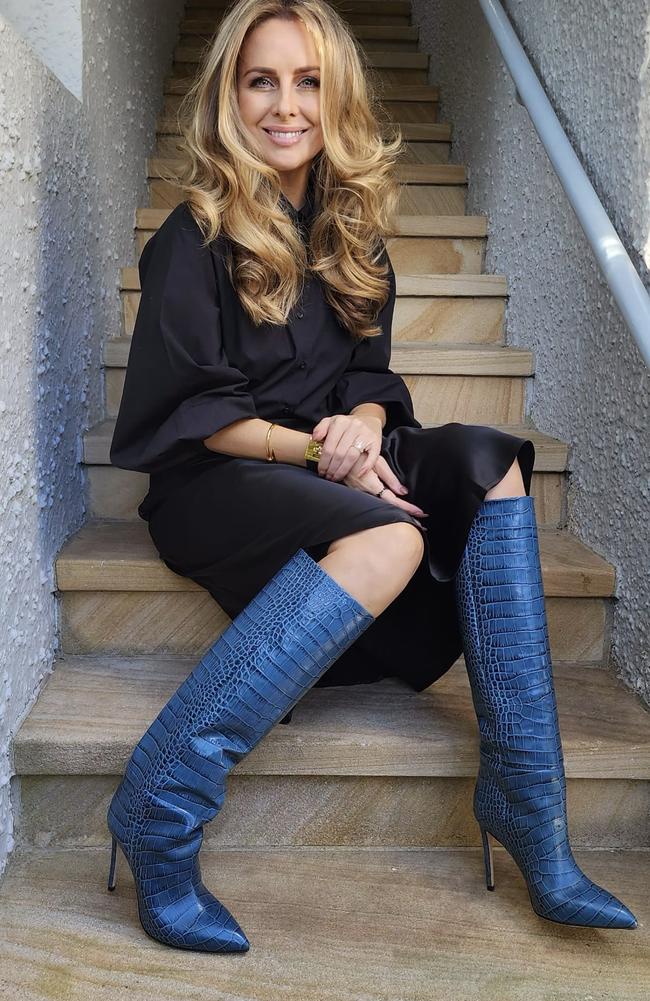
Since the dawn of pop music, boy bands and girl groups have been fractured by the dual forces of solo ambitions and waning teen fandom. The shelf life for these overnight pop phenomena, as evidenced by Spice Girls and One Direction, is about five years from formation to hiatus, the music industry euphemism for a break-up.
The “mutual decision” which ended Bardot came just two and a half years after Chapple, Sophie Monk, Katie Underwood, Tiffani Wood and Sally Polihonras formed on the reality TV ratings juggernaut Popstars – the precursor to Idol, X Factor and The Voice – in 1999.
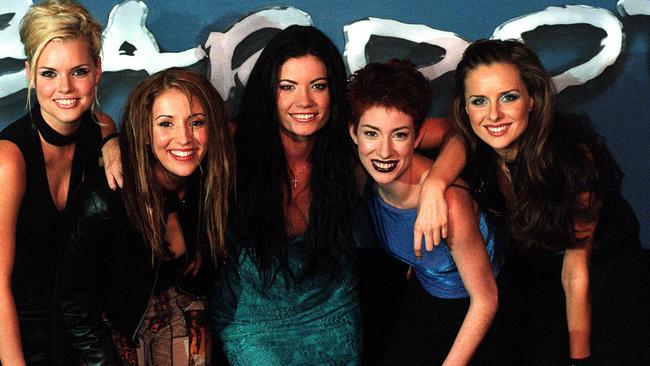
“Bardot confirm their mutual decision to end the group’s career. Belinda Chapple, Sophie Monk, Sally Polihronas and Tiffany Wood have cited the need for a well earned break following what has been a phenomenal 2.5-year explosion on the Australian music scene. The pace at which the group’s career continued from its inception at the first Australian Popstars TV show auditions to the completion of a third single from their second album Play It Like That has taken its toll,” said the official statement issued by their record label Warner Music in April 2002.
Chapple says in her memoir, The Girl In The Band, there was nothing mutual about the shock split.

She claims it was due to Monk’s wishes to go solo, with the encouragement of then manager David Caplice.
In Chapple’s memoir, which she began writing shortly after the split and will finally publish this week, the singer and creative producer details a series of signs the now television presenter’s solo musical career was on the cards.
Monk spending more time with management instead of her bandmates, a solo photo shoot for Cleo before the rest of the girls were scheduled to turn up, and a cooling in the previously tight relationship between Chapple and Monk. The pair was Bardot’s jokers, always trying to keep the group’s spirits high during their gruelling and relentless schedule of recording, promotion and gym sessions.
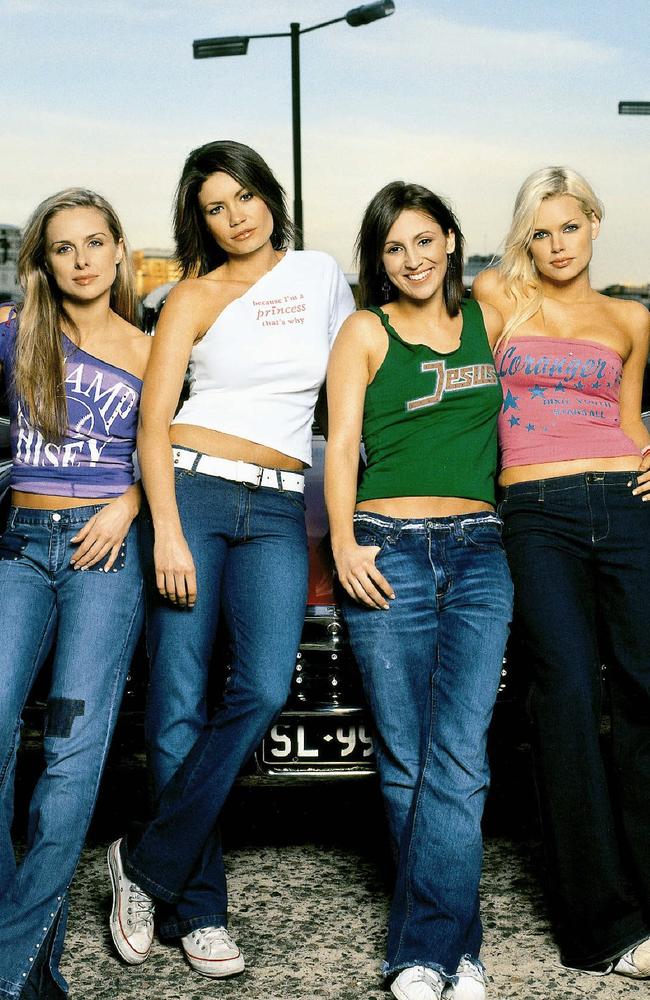
But it wasn’t until Chapple spied a pile of CDs with a yellow sticky note attached labelled “Sophie’s Demos” on her manager’s desk, as she conducted a phone interview with a radio station to promote their single Love Will Find A Way, her uneasiness turned into fear that Bardot’s days were numbered.
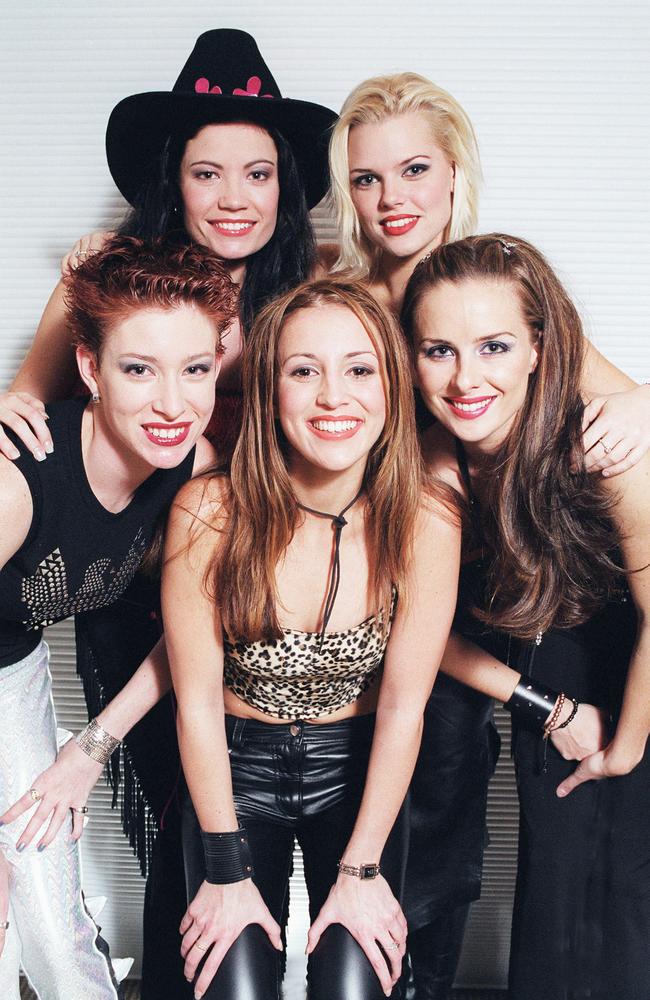
The next day a meeting of the four remaining members at the management office was called; Underwood had left the group in 2001 to join a production of the musical Hair which didn’t go ahead.
Chapple writes that Caplice, sitting next to Monk, informed herself, Wood and Polihonras that “We have decided it’s time for Bardot to call it a day. Sophie no longer wants to continue with the band.”

Chapple felt blindsided. The band were promoting their second album and were booked to perform at the second Rumba festival and tour South Africa where Popstars had recently aired.
“I guess the first sign was Katie being advised to go for the Hair audition the year before, and then there was just a lot of stuff I saw happening which was just weird,” she says.
“Sophie became closed off but I never, ever thought ‘Ah, I know what they’re doing!’ until the fateful day when all the evidence was right in front of me.”
Monk released her debut solo single Inside Outside six months after the split was made official.
The five members of Bardot were Australia’s first reality television stars, with the Popstars docu-drama series of the making of a girl group averaging about two million viewers.
Their popularity translated to overnight chart-topping success for their debut single Poison, which achieved double platinum sales and was one of the highest selling singles of 2000. The next four singles all achieved gold status.
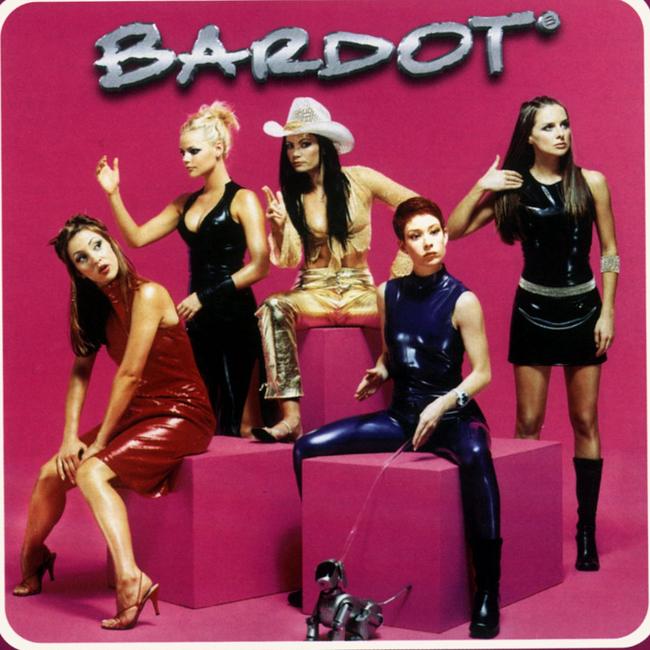
Bardot’s self-titled debut album also went to No.1 as the women criss-crossed the country to sing and sign autographs for tens of thousands of fans in packed shopping malls.
Chapple was living the pop star dream she had chased since she was a teen.
But The Girl In The Band memoir serves as a cautionary tale to wide-eyed pop aspirants.
She dedicates the book “for all the performers whose hearts are broken while chasing their dreams.“
Perhaps the greatest lesson of her ingenuous ambition came as the final episodes of Popstars were being filmed.
The 10 singers in contention to make the cut at the end of audition week were given a contract and $1500 each to seek legal advice. They were told the contract had to be signed within five days. If they chose not to sign, they would not be eligible to be selected for the group.
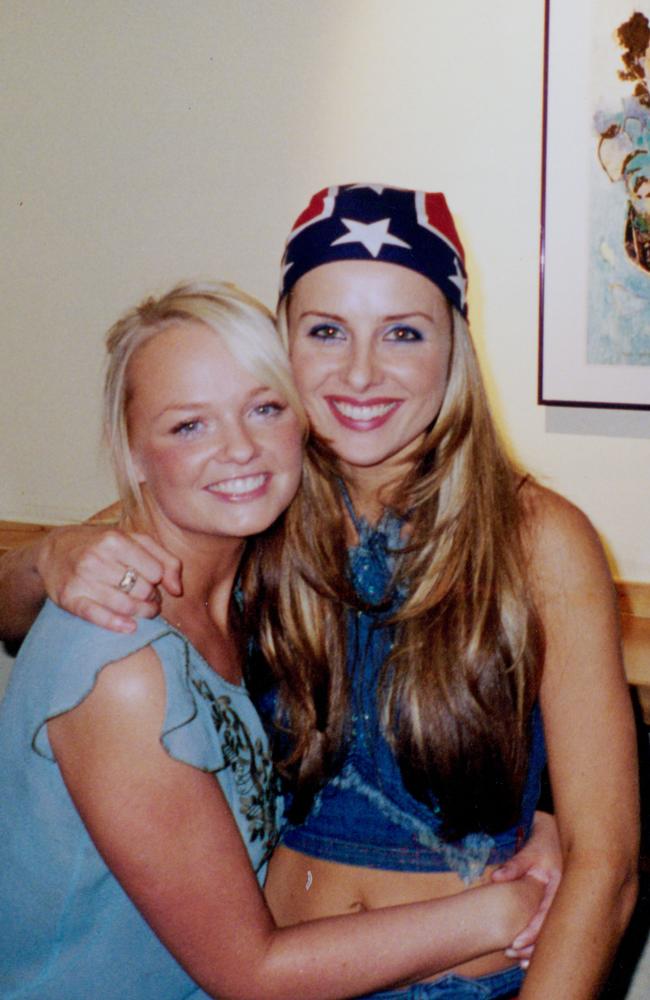
Chapple, who had negotiated many contracts in her performing life before Popstars, writes that her lawyer advised her that under the deal, she “would not make a cent for three years.” All earnings from recordings, sponsorships and other income streams would offset costs and flow to the Popstars producers and the record label. The five members would be paid a $35 per diem to cover everything from food to clothes.
Bardot not only generated millions of dollars in CD sales – albums cost up to $30 in 2000 – their popularity and fashion inspired the clothing retail chain which bore their group’s name.
“I remember going to the lawyer’s office with my father and the lawyer put the contract on the table and said ‘Wow, this is a real doozy.’ And then he said ‘You’re not going to make a cent,’” Chapple says.
“I really thought I wasn’t going to sign at that point. But they had dangled that carrot to the 10 girls left and you knew if you didn’t sign, it was over.
“I’d never experienced that before. When you audition, and go for call back after call back, you only got the contract if you got the gig.
“They knew they had us. If they had left it until there was just five girls, we might have banded together and gone ‘Hang on a minute.’”
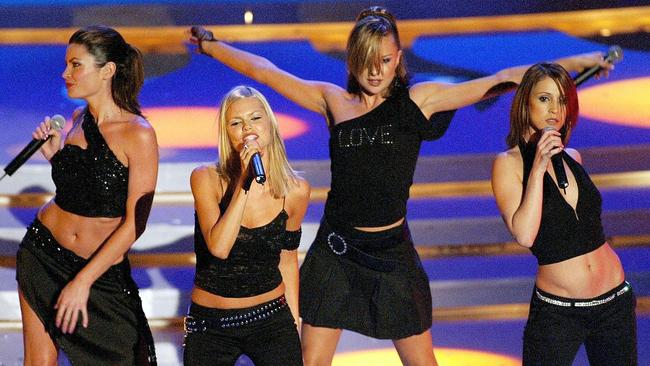
Chapple was also advised there was a clause relating to her appearance. She could not change her looks without consultation. It was intimated she had to maintain her current weight.
The members of Bardot began each day with a gym session. Chapple ran for hours on a treadmill on an empty stomach. She rationalised the work-outs were needed to maintain her strength and fitness to meet the aerobic demands of singing and dancing.
But her underlying anxiety, coupled with the pressure to be a thin pop star and the relentless work schedule, led to an eating disorder and body dysmorphia.
“As soon as we were all put in a house together, they sent us to the gym. Being in Bardot triggered an eating disorder and body dysmorphia for me,” Chapple says.
“There was a time when I was running myself into the ground on the treadmill with no food in my stomach just so there was literally no fat on my body.
“And then I saw myself – in the music video for ASAP in particular – and I thought ‘Holy hell, you’ve gone too far.” I’d literally disappeared.
“Fame really wasn’t for me; I’m an anxious person by nature and after Bardot, I was able to relax because I wasn’t being photographed all the time or being stared at all the time.”
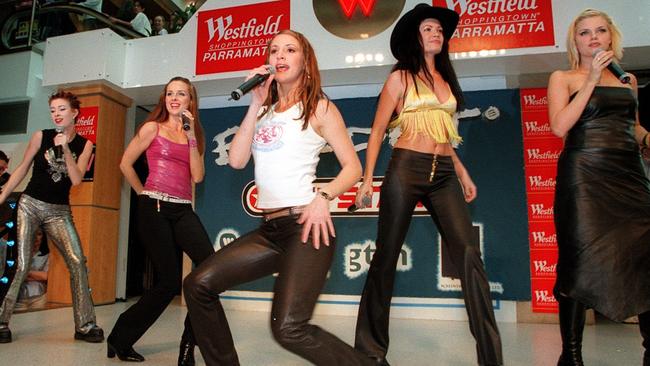
Chapple also shares the good memories of the Bardot chapter of her life. Unexpected encounters with superstars including Spice Girl Emma Bunton, Rod Stewart and Ronnie Wood in the corridors of a UK television station. Parties with the members of Westlife and Atomic Kitten. A three-night stay on billionaire Kerry Stokes’ luxury yacht during the Sydney Olympics. Performing at the ARIA Awards, touring Asia and India, recording in London.
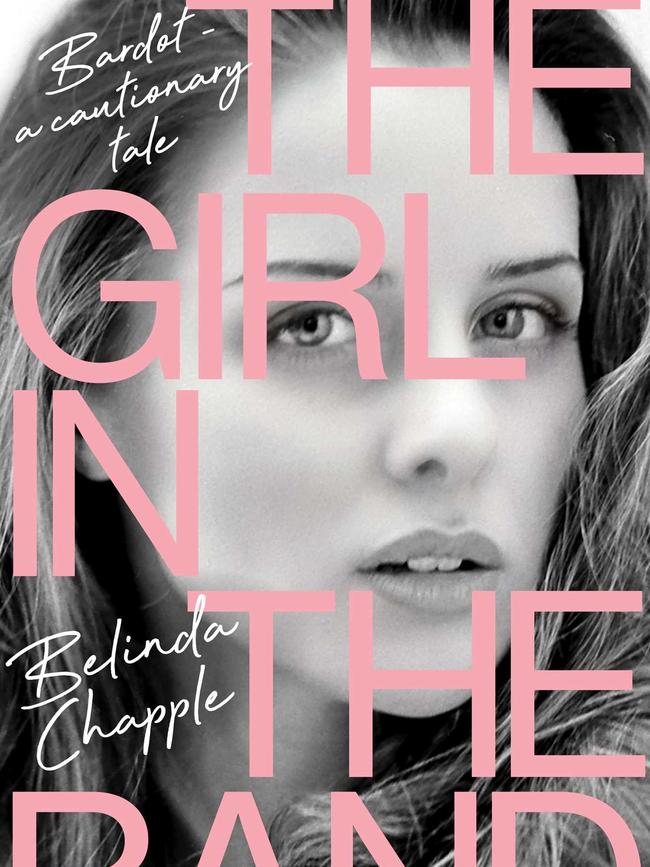
All her experiences, the good, the bad and the ugly informed the concept for the TV series Paper Dolls which will air on Network 10 later this year.
Chapple and Underwood, who formed the new pop duo Ka’Bel in 2021, will also release new music.
She hoped Monk would be on board for Bardot’s 20th anniversary celebrations a few years ago but word came back she didn’t want to participate. While they haven’t spoken since the band split in 2002, Chapple wouldn’t rule out catching up over a coffee one day.
“I wish Sophie all the best. Honestly, it’s such a long time ago now. Yes, (she’s) in my story but the book isn’t about her. It’s about the journey and how it all happened, from the beginning to end. But yeah, I’m open to (a coffee).”
The Girl In The Band by Belinda Chapple, out August 30, Simon and Schuster Australia, $35.
More Coverage
Originally published as Belinda Chapple lifts the lid on dark underbelly of Bardot’s pop star fame in new memoir





